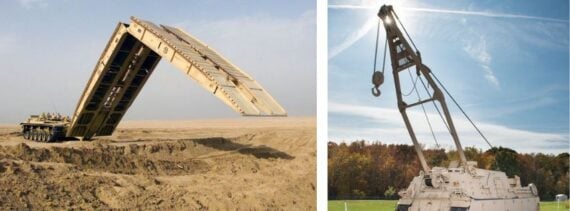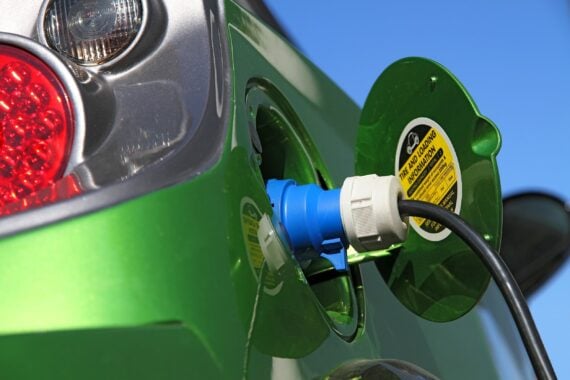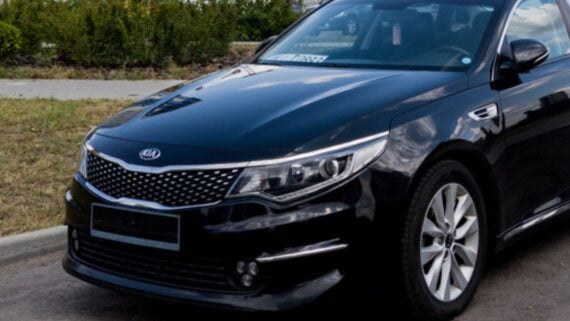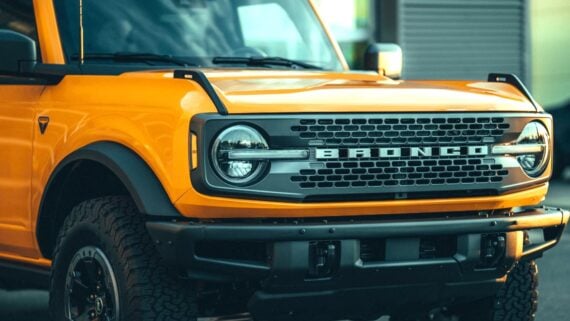Related: Gifts for Veterans and Service Members
M60A1 Armored Vehicle Launched Bridge
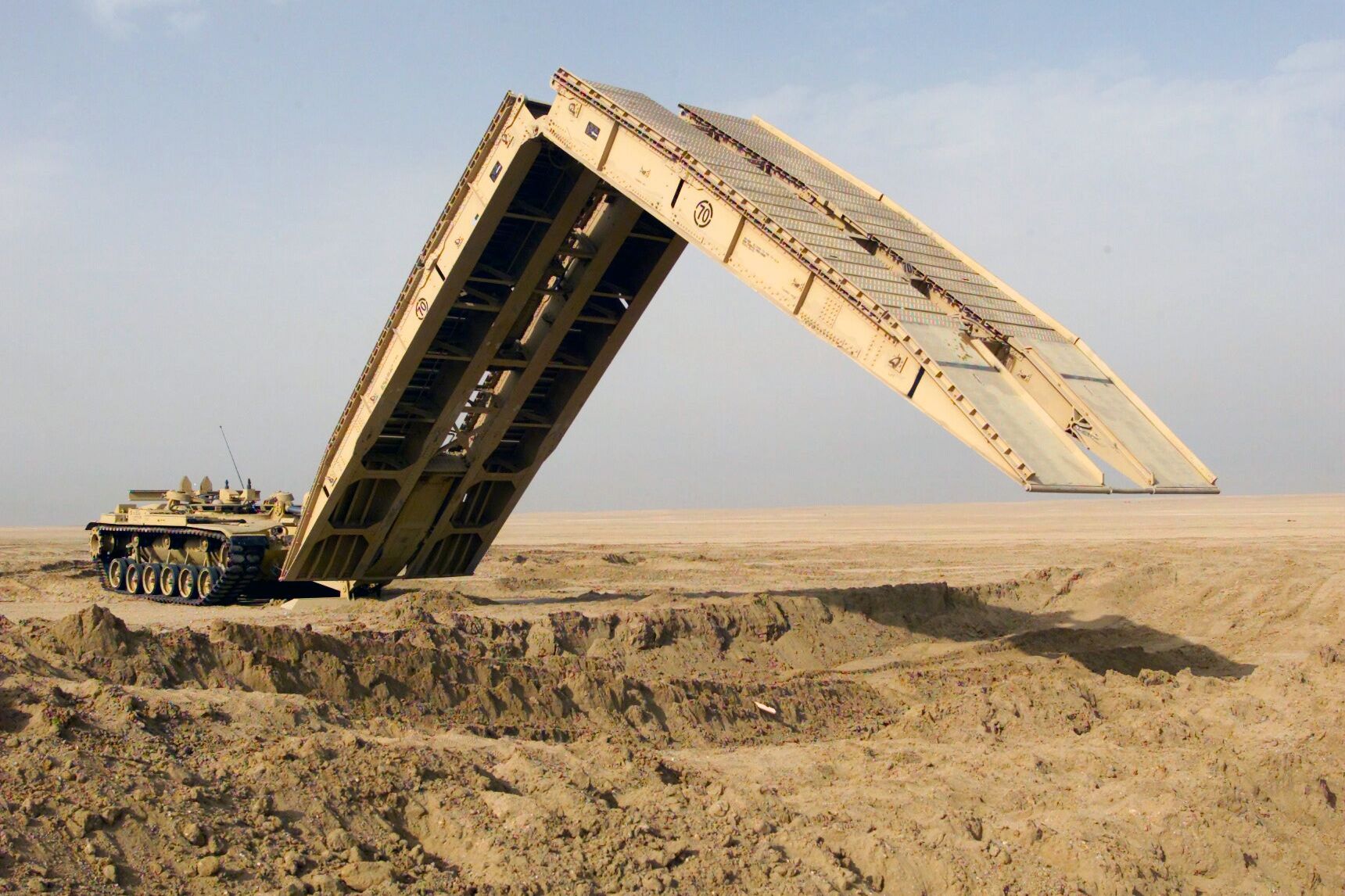
Related: The Biggest U.S. Military Site in Every State
M1 Abrams Tank
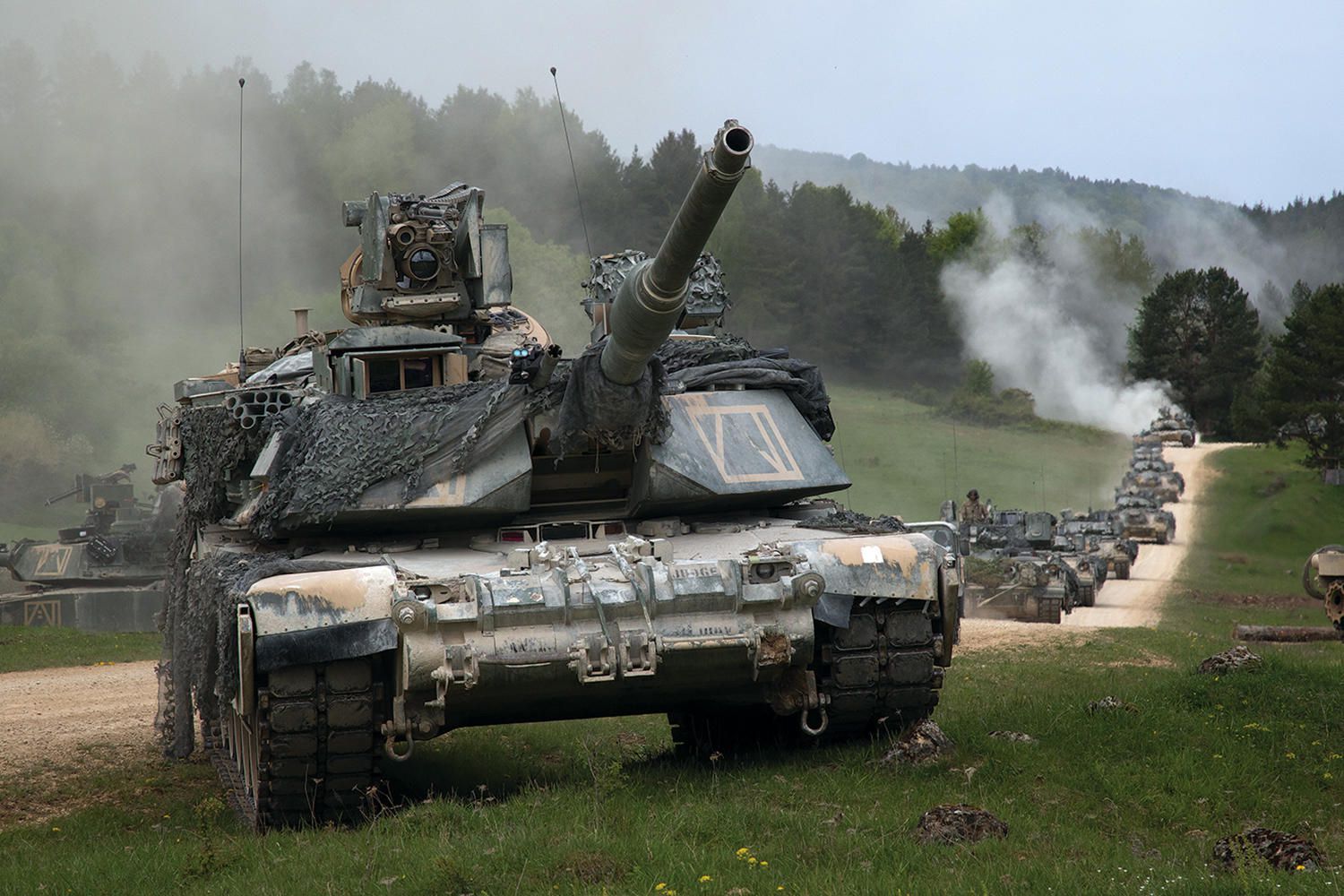
The M1 Abrams main battle tank is the heart of America’s armored ground warfare capabilities. It’s heavily armed, heavily armored, and, well, heavy — at more than 68 tons, it’s among the most massive tanks in service. Its armor is highly sophisticated and its armaments include a 120 mm XM25 smooth-bore cannon and a .50-caliber M2 machine gun. It’s expected to see use in Ukraine this year.
Bradley Fighting Vehicle
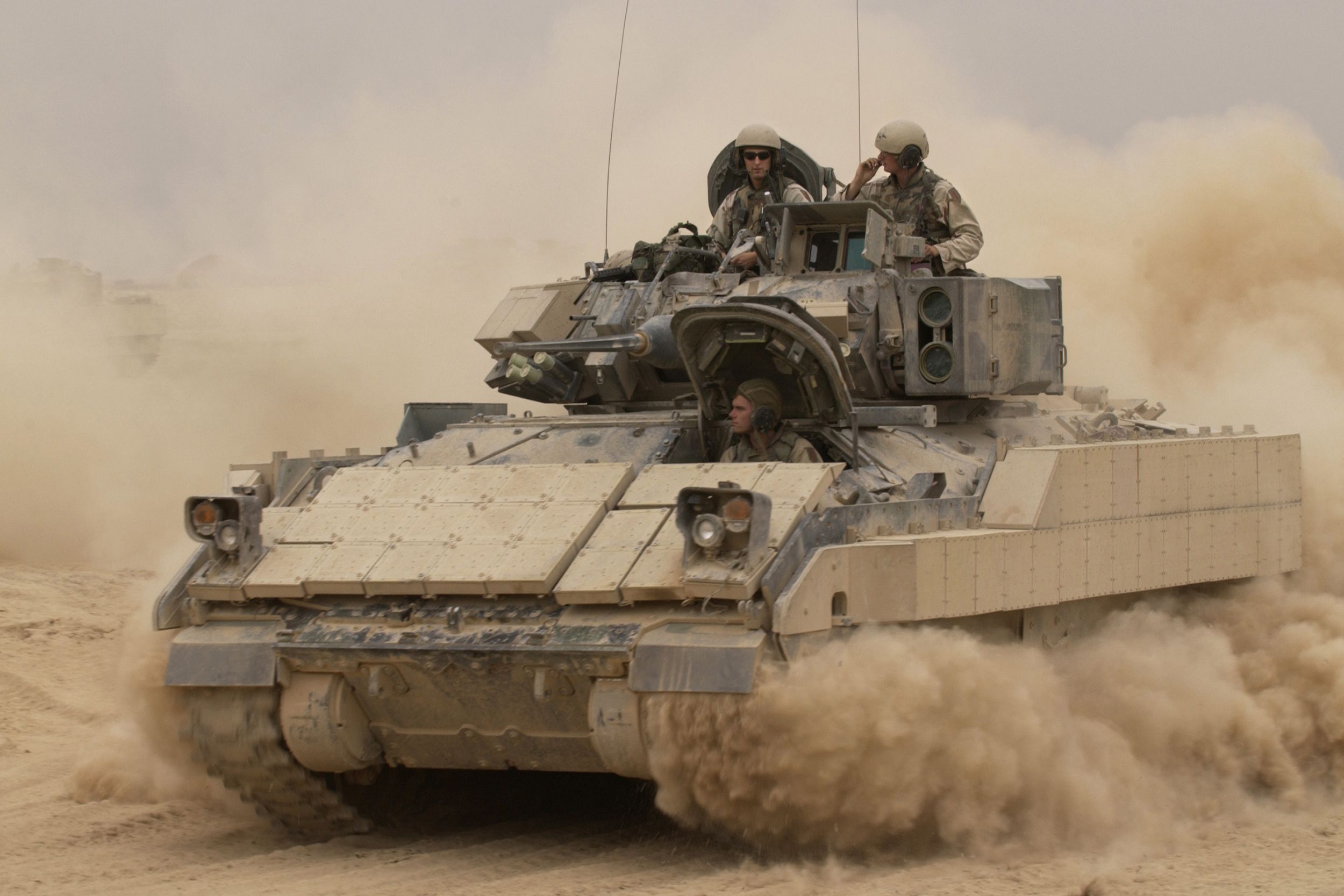
Related: Awe-Inspiring Memorials and Other Places Honoring Our Vets
Stryker Armored Fighting Vehicles
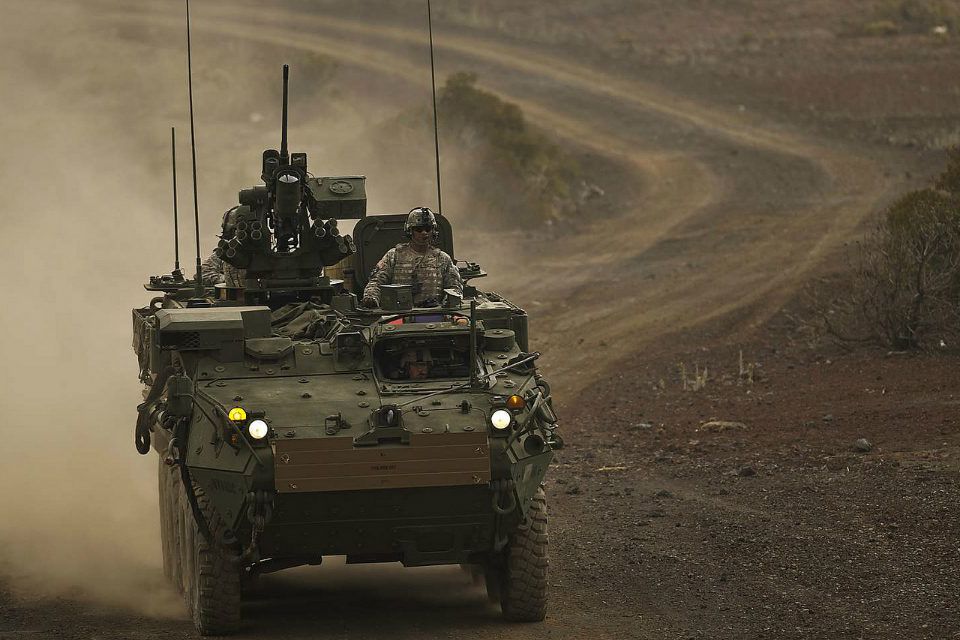
The Stryker is actually a family of vehicles — and not a family most other families want to mess with. The eight-wheeled armored fighting vehicles have been in production since 2002 in a joint Canadian-American design and manufacturing venture. They’re available in specialties such as antitank guided missile vehicle, mortar carrier, and mobile gun system. They’re built for travel in the workhorse C-130 aircraft and represent the heart of the Army’s rapid deployment and tactical mobility operations. At least 90 Stryker vehicles have been sent to Ukraine.
Amphibious Assault Vehicle
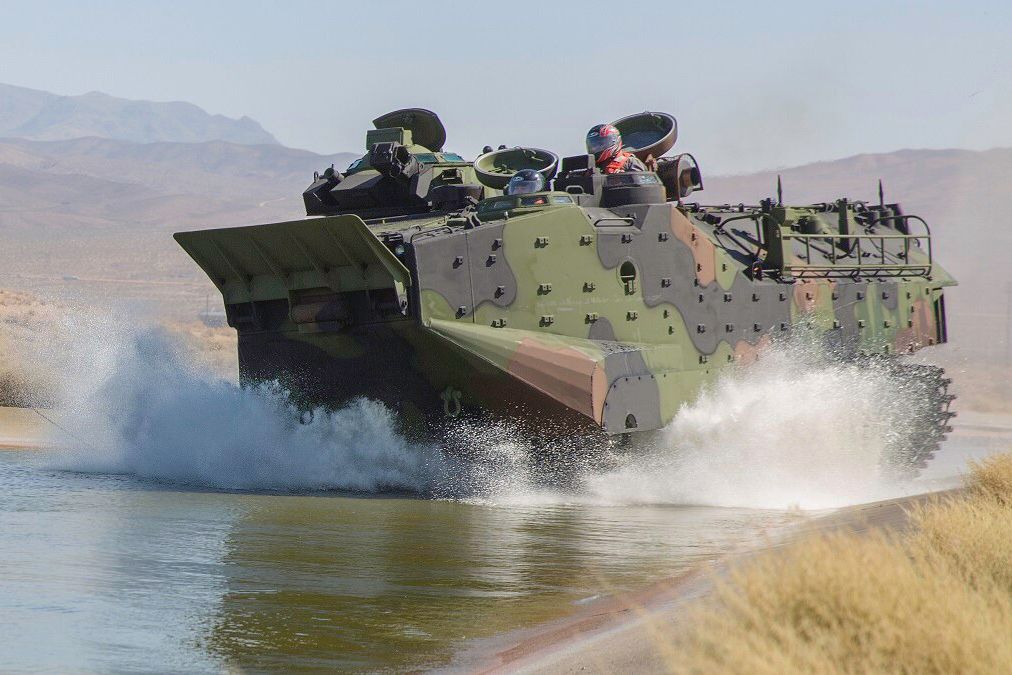
It’s hard to imagine that any vehicle represents the expeditionary heritage of the U.S. Marine Corps more perfectly than the AAV fleet. Fully tracked and highly mobile, the ship-to-shore Amphibious Assault Vehicle gives the Marines Corps its legendary capacity to launch rapid and ruthless assaults on any shore in the world. The AAV line, however, might be ending its run after nearly a half-century of service: In 2018, the Corps abandoned a plan for massive upgrades to the AAV fleet after deciding it didn’t fit into America’s new National Defense Strategy. In 2021, the Marine Corp decided to keep the vehicle out of the water due to maintenance and training failures.
For more interesting stories like this, please sign up for our free newsletters.
Trending on Cheapism
M88 Hercules Recovery Vehicle
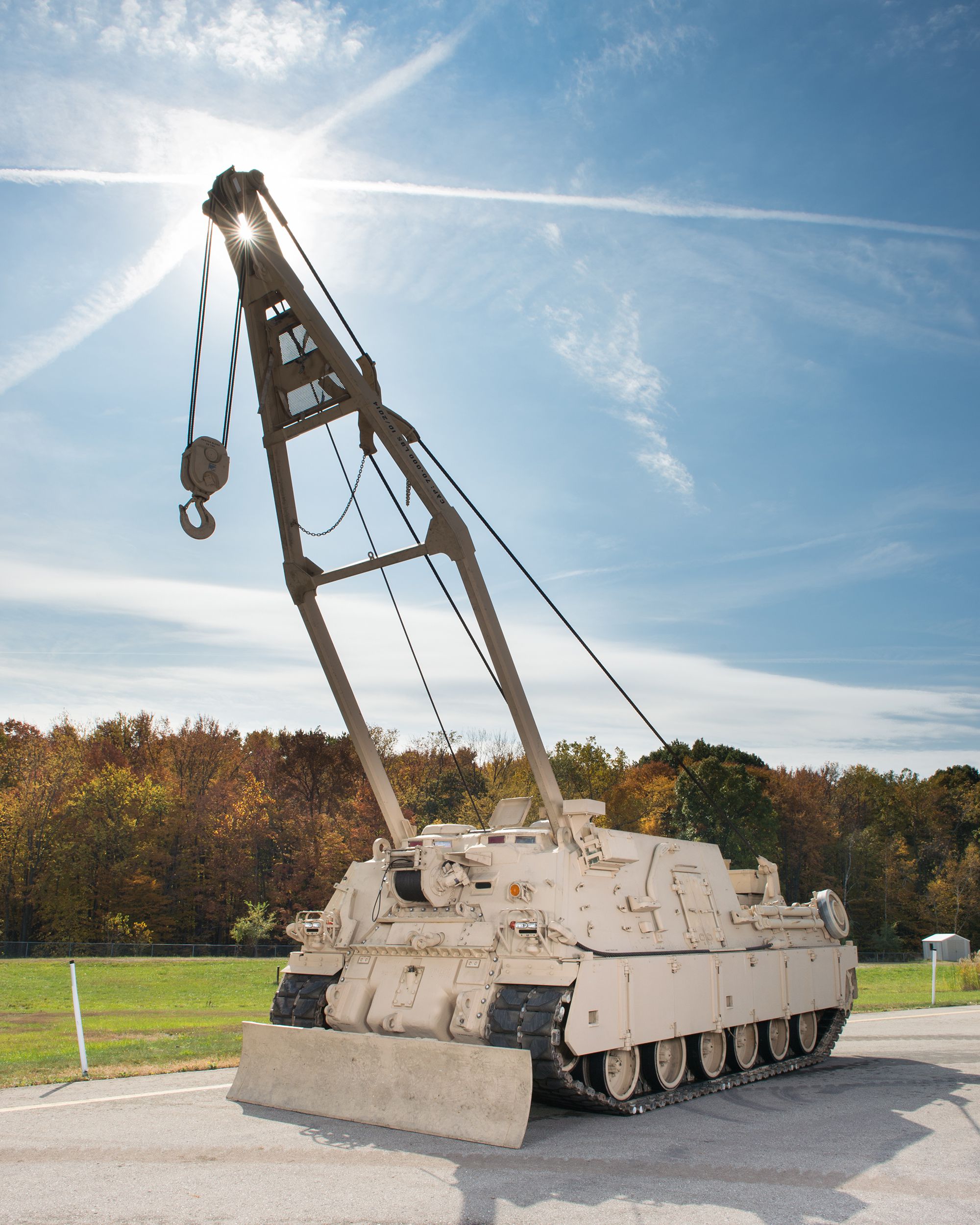
LAV-25 Light Armored Vehicle
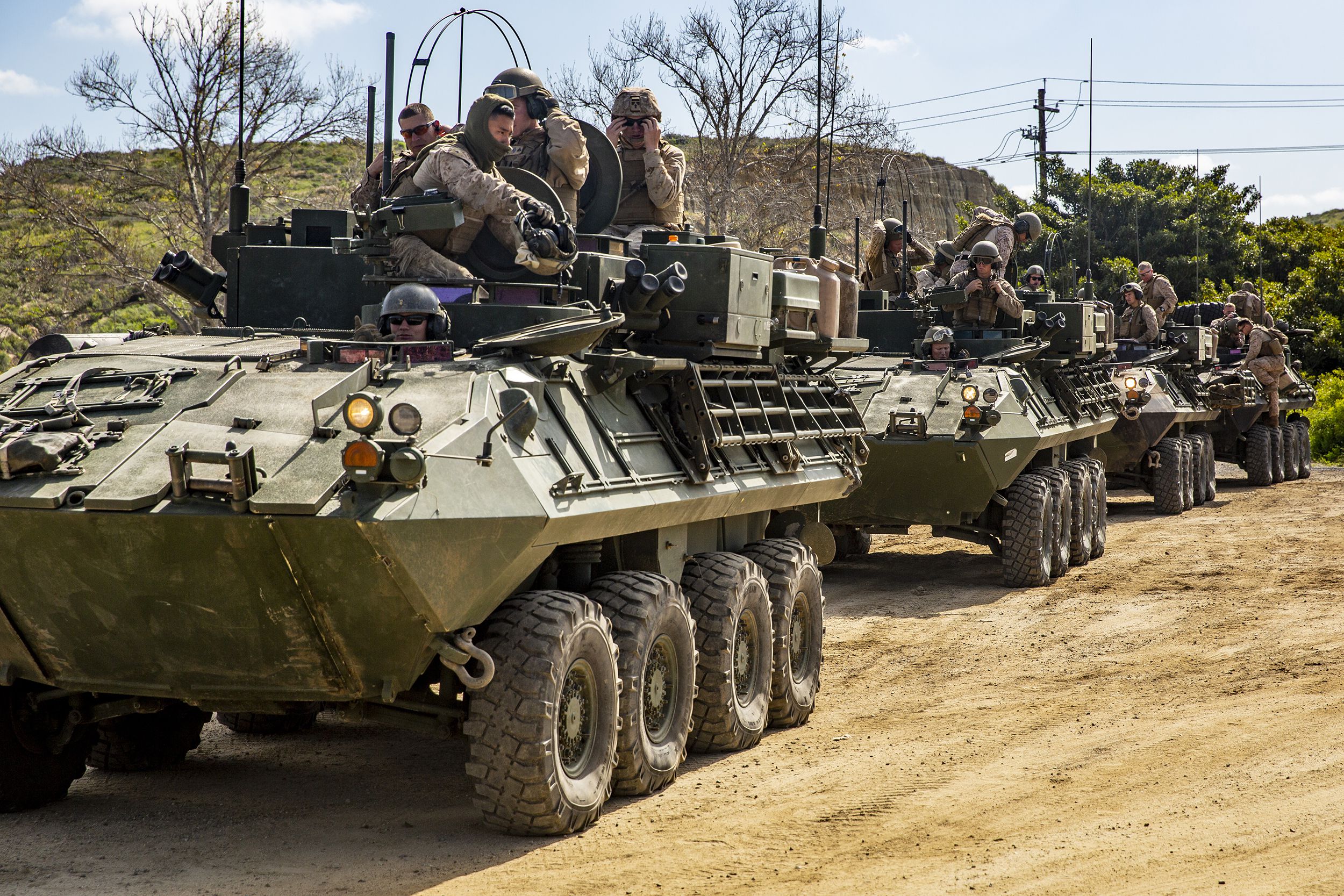
Assault Breacher Vehicle
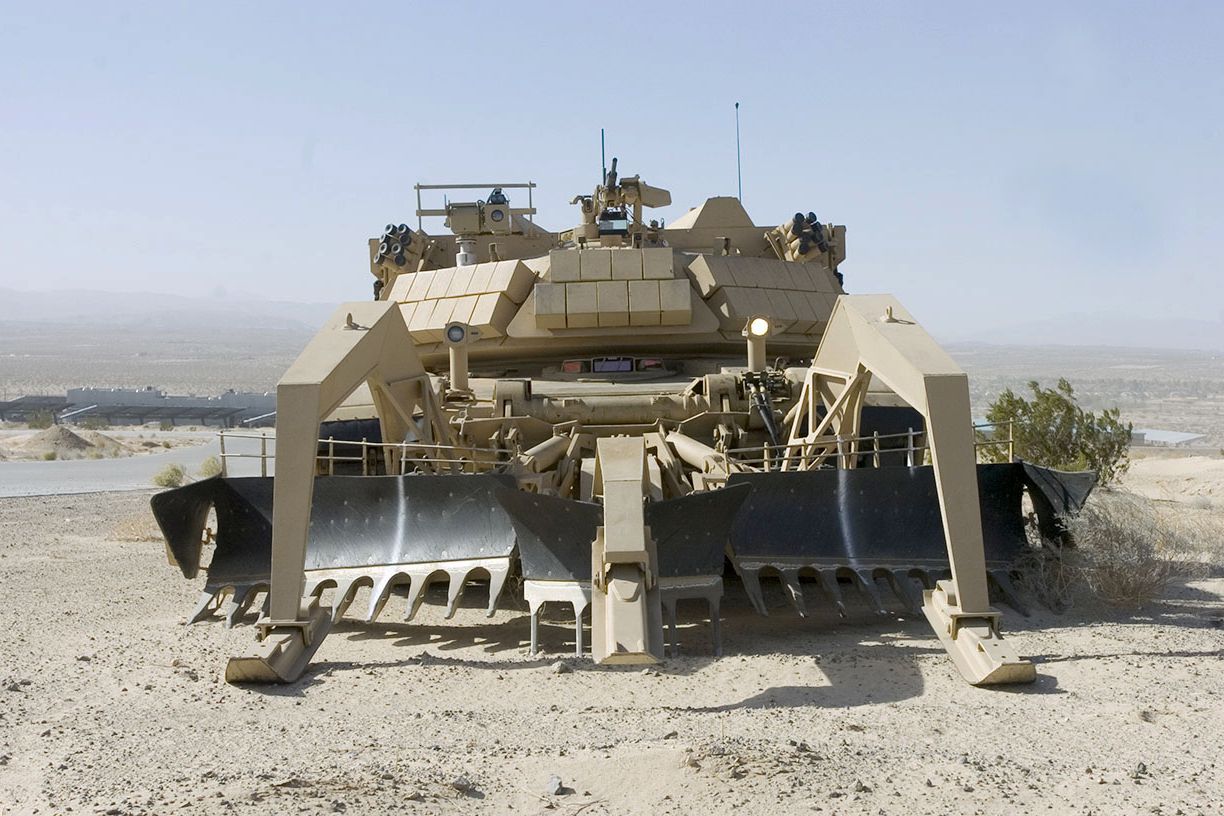
The mighty ABV is an armored, tracked engineering vehicle based on the M1A1 Abrams tank chassis. Designed to clear paths by breaching minefields and wrecking complex obstacles, its toolbox includes line charges, full-width mine plows, remote control capabilities, lane-marking systems, and a comprehensive protective weapons system.
Sign up for our newsletter
M9 Armored Combat Earthmover
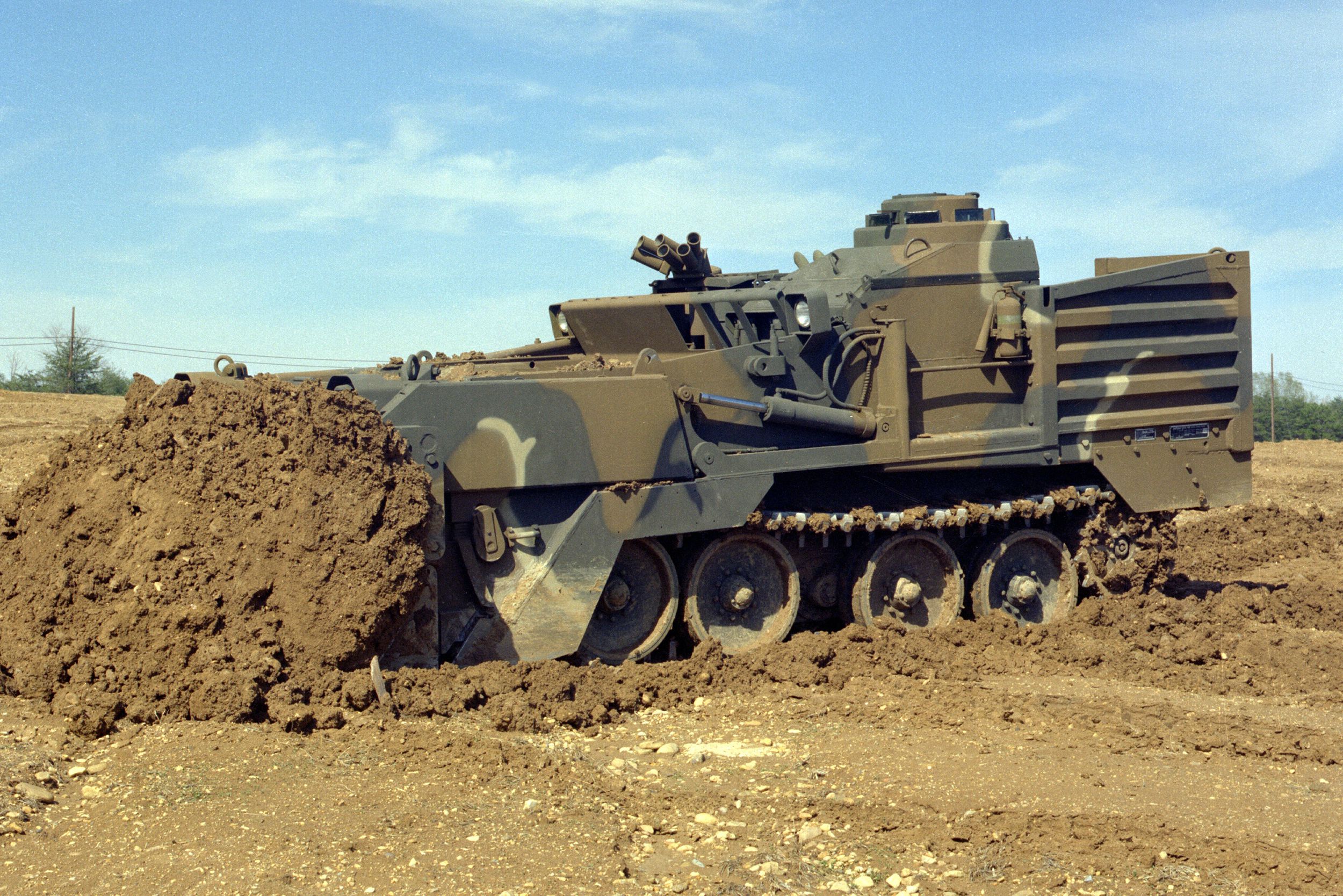
The M9 Armored Combat Earthmover is no ordinary bulldozer. Air-transportable and fully tracked, the combat engineer’s workhorse is a critical part of offensive and defensive operations. It’s instrumental in preparing survivability positions and defilade, clearing obstacles, and fortifying positions. Among its long list of capabilities are winching, towing, grading, scraping, and, of course, dozing.
Husky Vehicle Mounted Mine Detection System
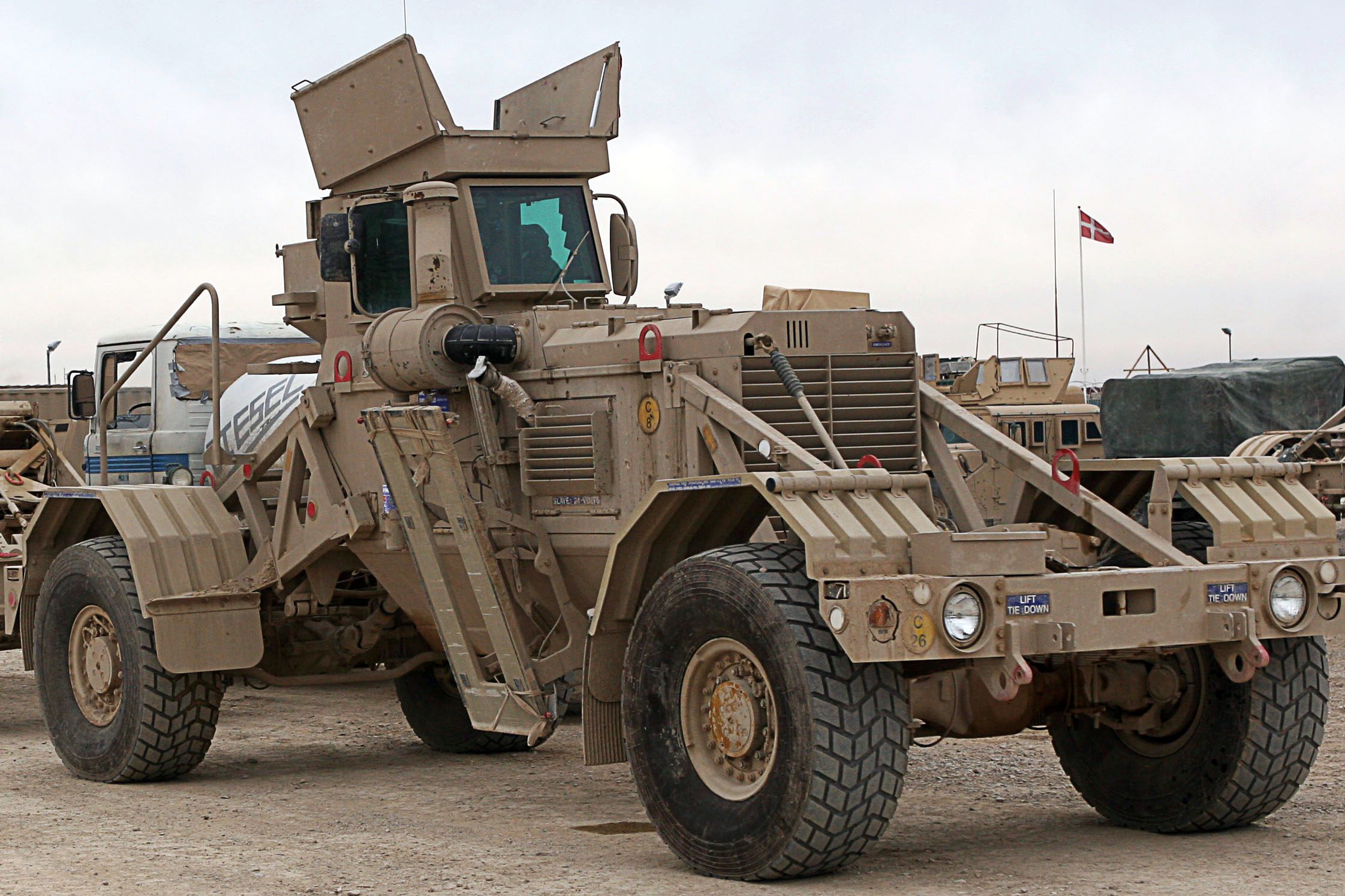
The Husky Vehicle Mounted Mine Detection System looks sort of like an Incredible Hulk version of the lunar module, but does its dangerous and important work right here on Earth. The unarmed, single-occupant Army vehicle plays a critical role in life-saving route-clearance work crucial to modern warfare. The blast-survivable Husky is equipped to detect explosives such as IEDs.
The Flyer Advanced Light Strike Vehicle
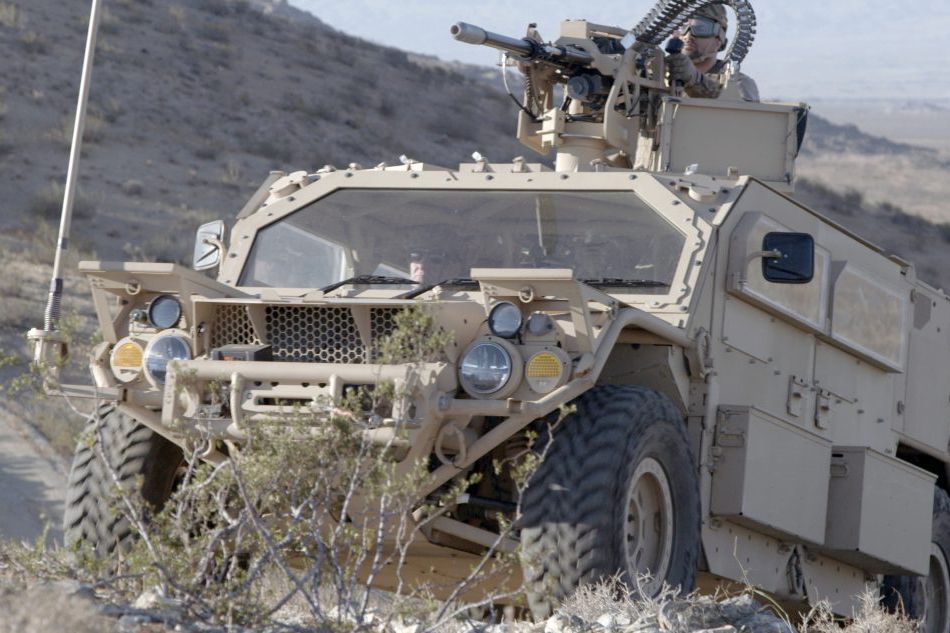
Special operations forces prefer the Flyer platform for its speed, maneuverability, and long list of customization options. It can travel 300 miles or more between refuelings and has specialized ground clearance and departure angles that allow it to tackle even the most unforgiving terrain. It can be fitted with armor, chain guns, automatic grenade launchers, and even antitank missiles.
iRobot R-Gator
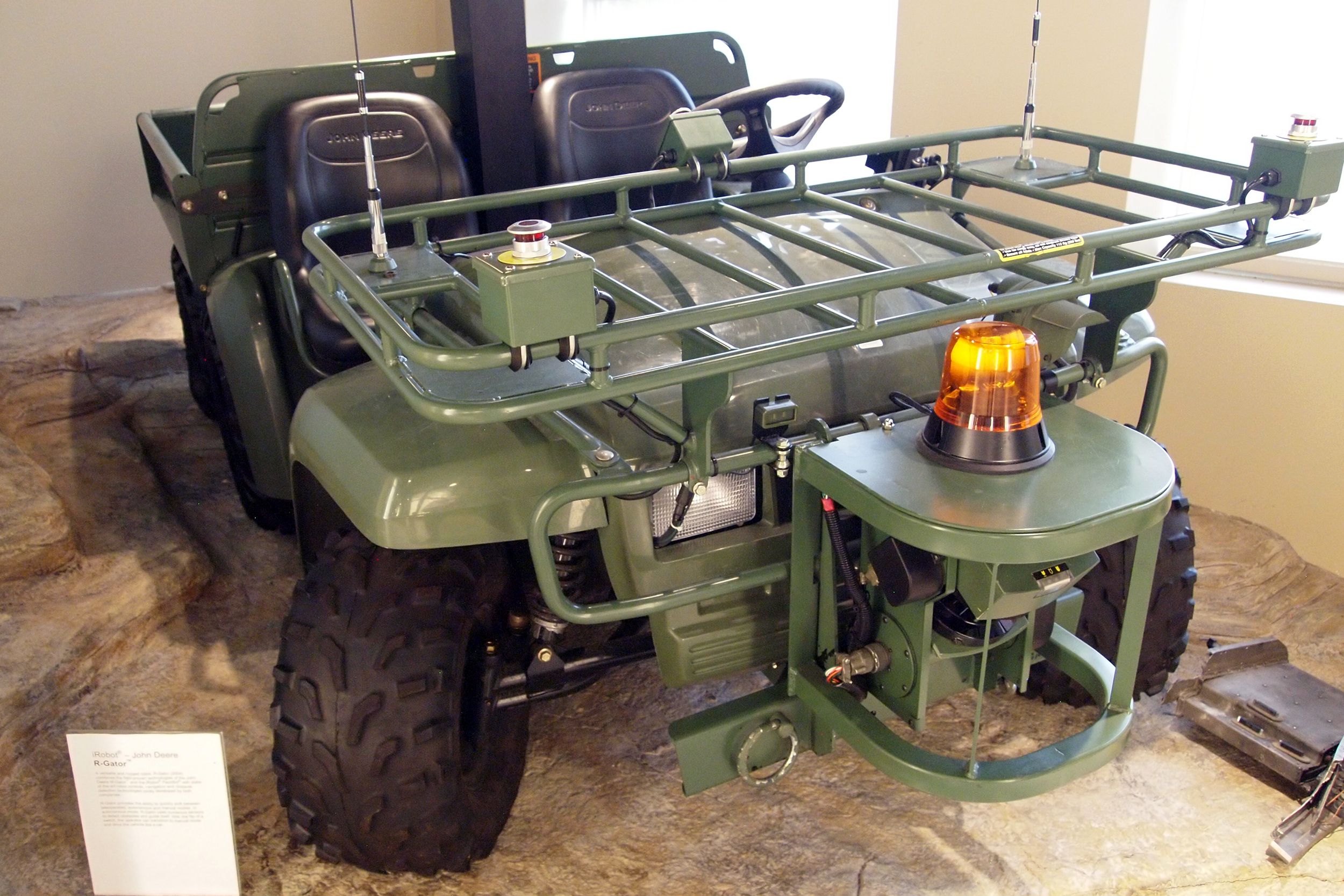
Everyone has heard of drones, but the image that comes to mind when discussing unmanned vehicles is usually a futuristic remote-control plane in the sky. Some driverless vehicles have wheels, though. Among the most impressive is the R-Gator, the result of a marriage between the John Deere and iRobot companies. The intelligent unmanned ground vehicle, which can operate autonomously, can pull perimeter guard duty, serve as a scout, and ferry supplies and personnel, all without a driver.
Related: Things You Didn’t Know About Jeeps
M3 Half-Track
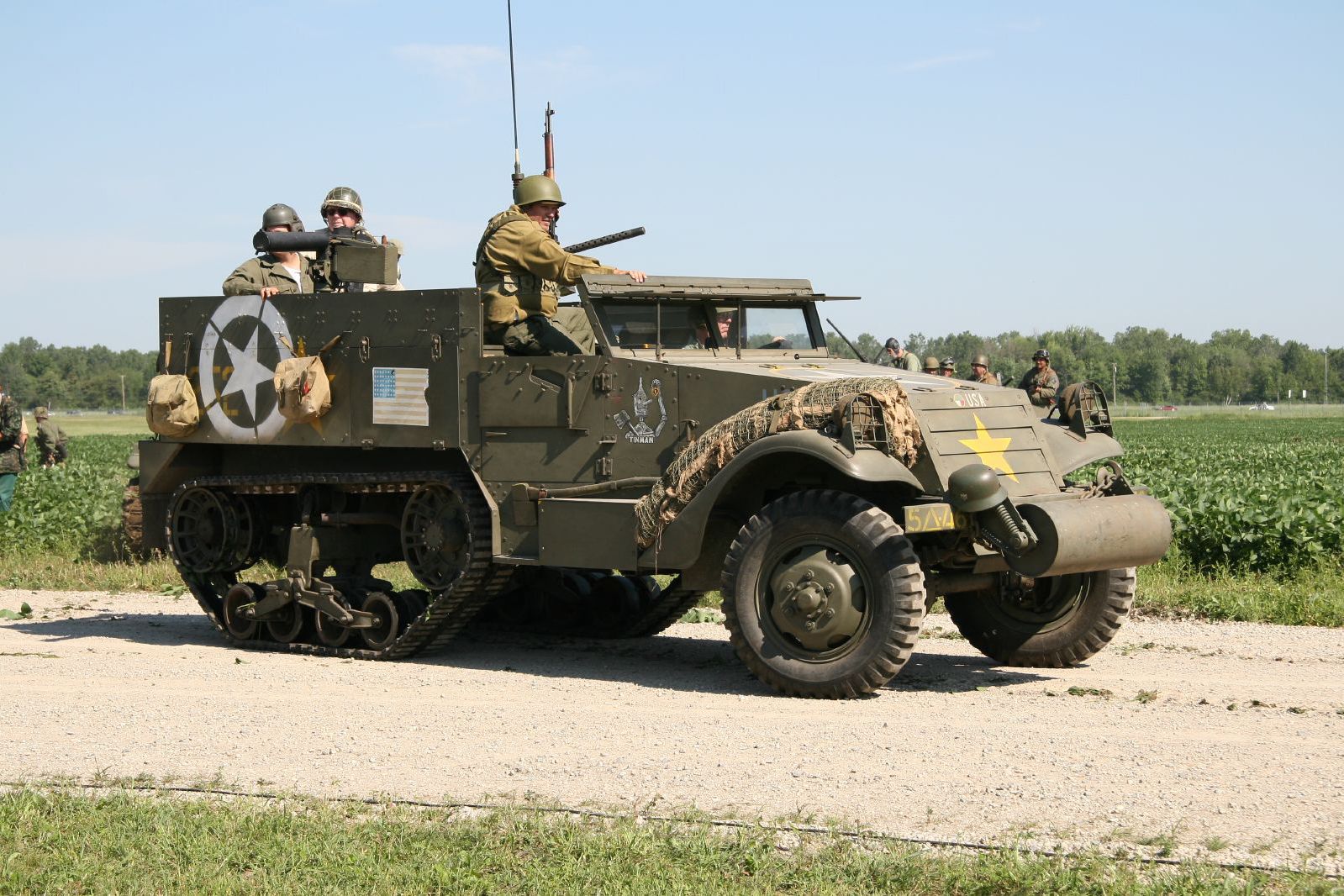
Desert Patrol Vehicle

When the Desert Patrol Vehicle got its first taste of combat in Operation Desert Storm, it was called the Fast Attack Vehicle. No matter the name, the juiced-up dune buggy is a favorite of Special Operations forces, who use it for deep-strike missions and long-range recon. Fast and highly maneuverable, special forces use it to race ahead of other vehicles across vast stretches of desert, avoiding obstacles and engaging any enemy forces it encounters along the way.
Heavy Equipment Transporter
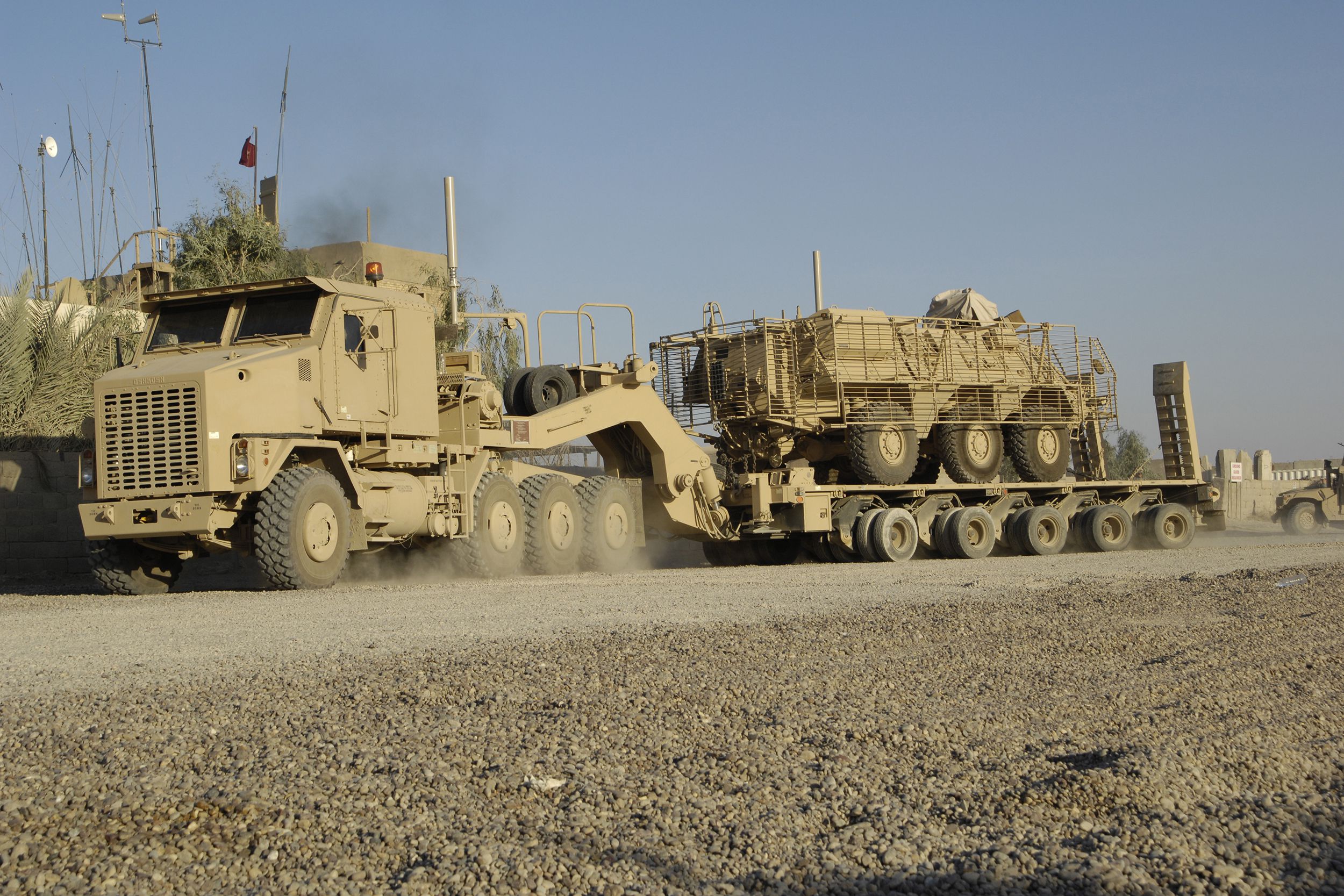
LVT-4 Water Buffalo
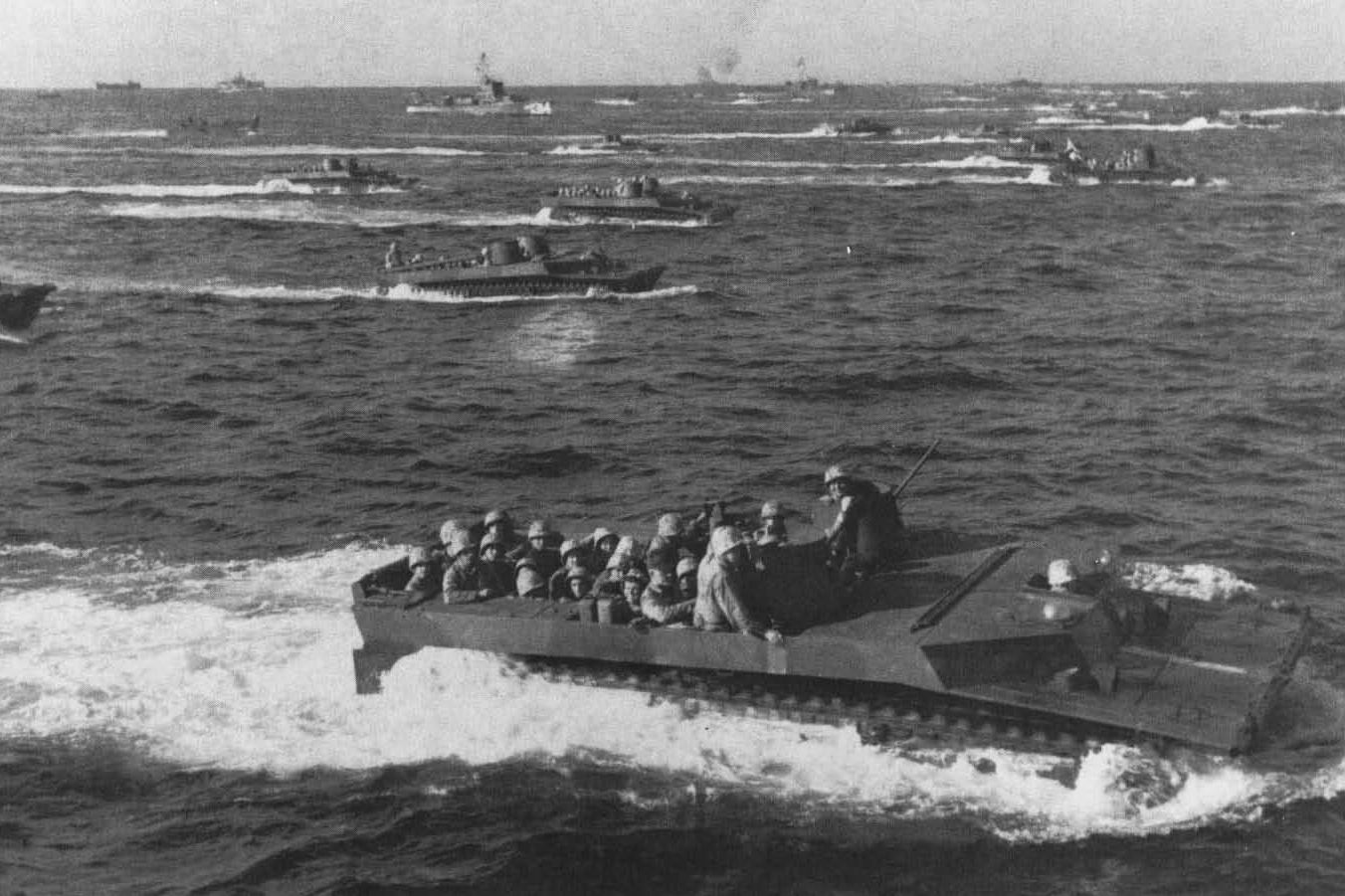
If you were an Axis soldier defending a coastal position during World War II, the last thing you wanted to see was a fleet of LVT-4 Water Buffalos approaching from the water. The fourth incarnation of the military’s Landing Vehicle, Tracked line of amphibious carrier vehicles, the Water Buffalo was designed in 1943 with major upgrades and improvements to its landing ramp. Armored and well-armed, it could fight its way to shore carrying as many as 30 Marines.
Mine-Resistant Ambush-Protected Vehicle
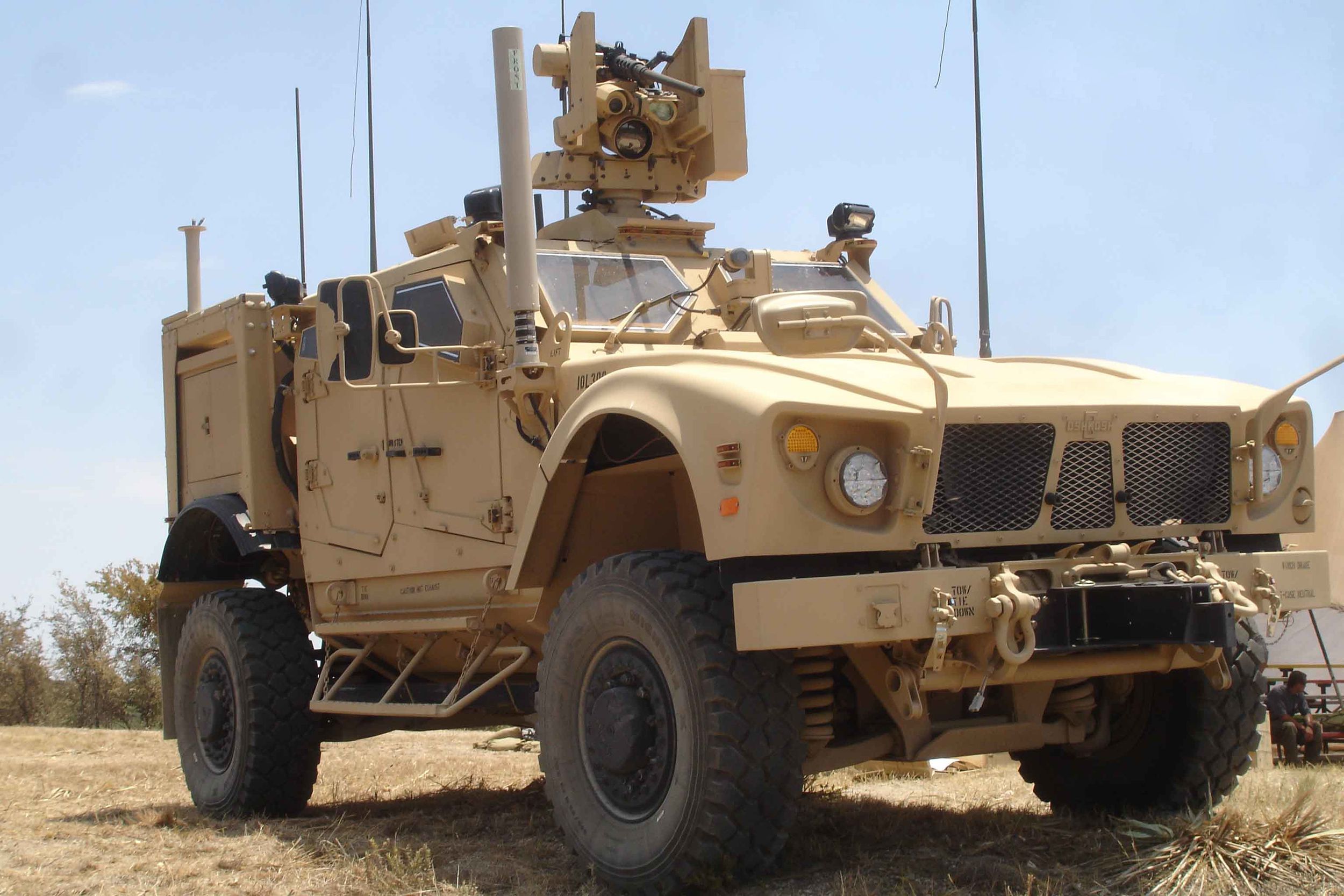
The Oshkosh Defense MRAP is used in combat, in reconnaissance missions, and in security operations — built for versatility starting in 2007 to fulfill needs in Iraq, where guerilla explosive devices remained a problem in the Iraq War. An MRAP All-Terrain Vehicle was made from 2012 to 2015, after which Oshkosh began building a lighter vehicle. (MRAPs weighed up to 18 tons, with a 9-foot roof.) The all-weather, all-terrain MRAP could be adapted for border security, fire support, command and control operations, forward support, peacekeeping, explosive ordnance support, special forces operations, and direct enemy engagement.
Cougar 6×6 MRAP
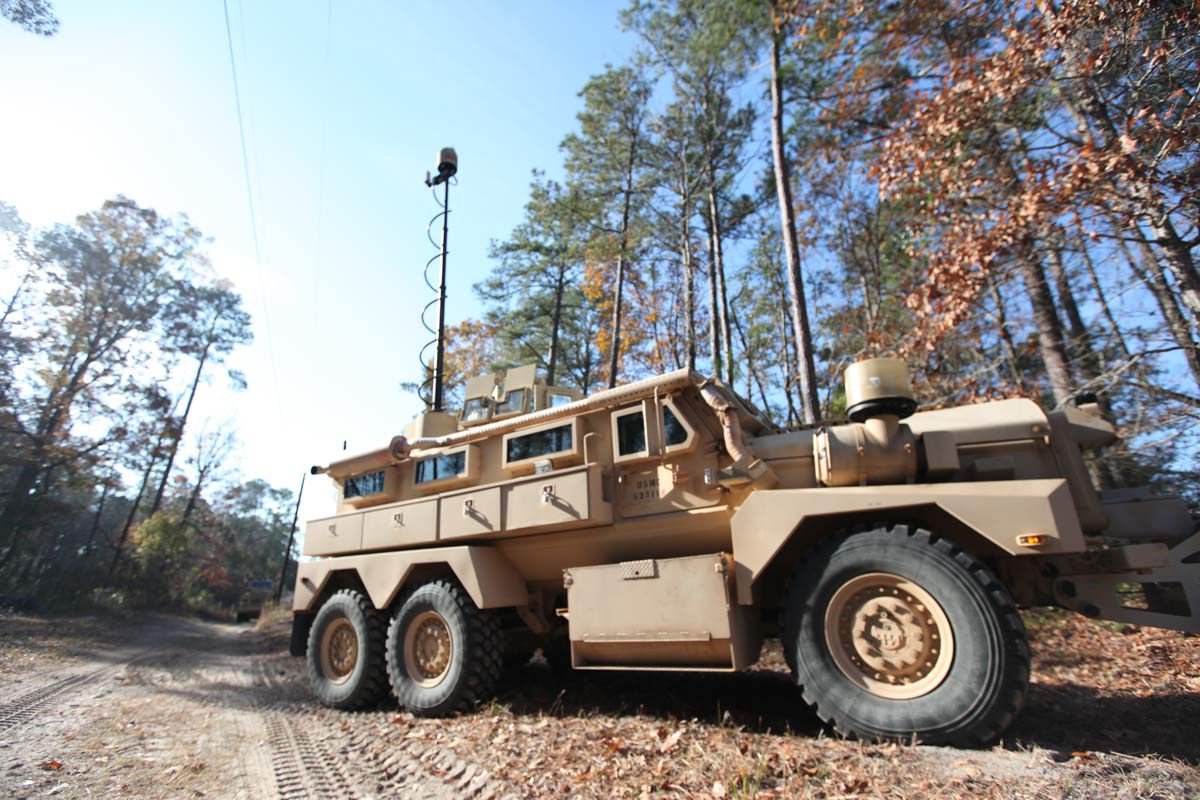
M109A7 Howitzer
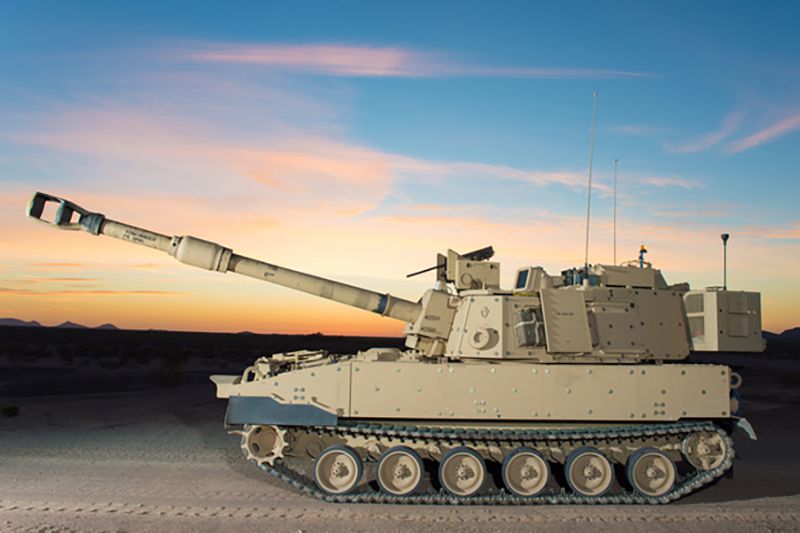
Entering service just last year, the M109A7 Howitzer is the latest and most advanced model in the BAE Systems M109 family of vehicles. Compatible with Bradley Fighting Vehicle chassis parts, it holds a four-person crew and can fire up to four 155-mm shells a minute. As it delivers death from a distance, the self-propelled vehicle can stick and move quickly, avoiding retaliatory strikes and incoming attacks as it fires.
